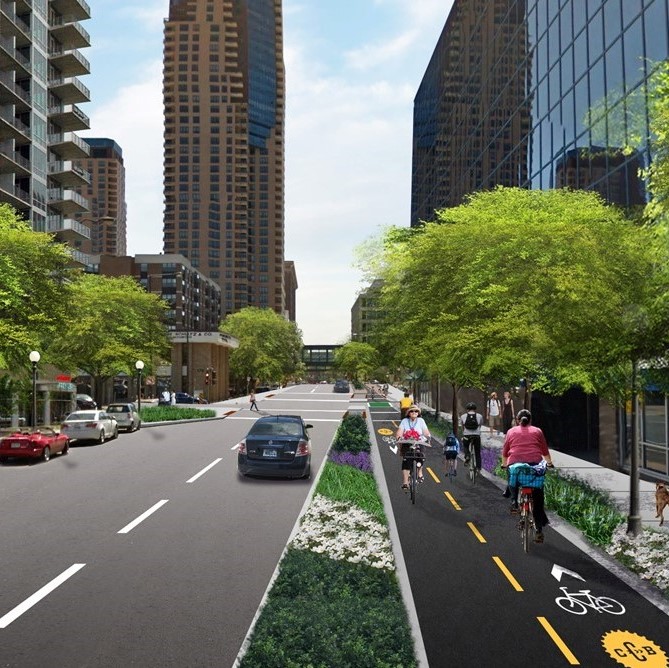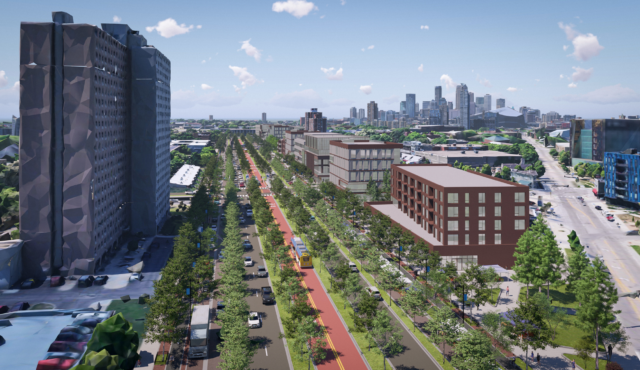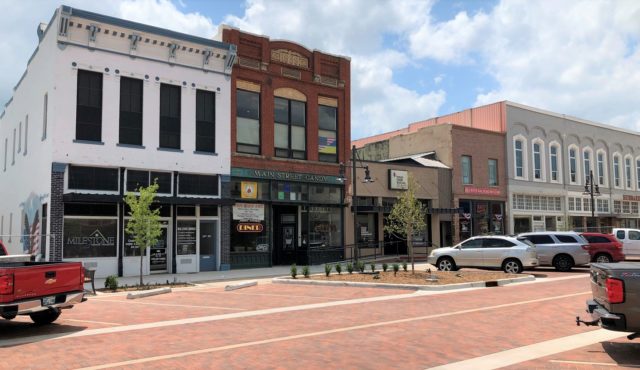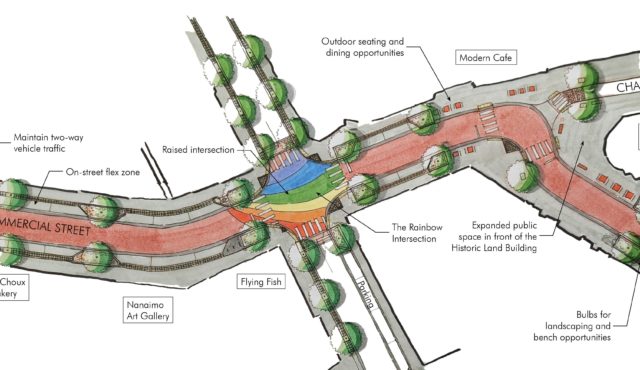During World Landscape Architecture Month 2018, Toole Design will be featuring the themes, projects, and staff that form our Landscape Architecture and Urban Design practice. Tune in to our Instagram and Twitter channels for daily updates, features, and more throughout April!
I’ve always had a keen interest in experiencing nature in wild and preserved places, such as parks and forests. The fascinating and complex relationships that occur in the forest – right before your eyes – are the product of eons of evolution and geologic changes. Did you know that the fall color of trees and shrubs that we look forward to every year act as visual markers for migrating birds? Birds travelling long distances need to eat, and the different colors of foliage indicate where the can find the food sources they need to survive. The berries and seeds that shrubs and trees produce in early fall are higher in sugars for energy. Those that appear later in the fall are higher in fats and proteins to help these travelling birds stay warm.

Understanding and appreciating complex relationships is a key skill for Landscape Architects. Whether designing parks, preserving or restoring wild places, or developing mobility strategies for human communities, landscape architects rely on their skills to understand the dynamics of how people relate to the elements and systems of our built environments, and plan accordingly.
At Toole Design , I am involved with projects that require understanding how people interact with and are connected to streetscapes and architecture – complex human environments. Sustainable travel patterns and vital neighborhoods are important to me; they help keep people interested in living in communities, and that helps reduce the demand for sprawling development patterns into wild places. We work at the nexus of mobility and place, and I believe the success of our work helps preserve our remaining wild places.
As the stewards of sustainable transportation, Toole Design gives me the opportunity to work with communities and transportation agencies to develop improvements for people to travel safely, conveniently, and sustainably by walking, biking or taking transit from their home to work or far-flung destination. It’s like appreciating what migrating birds need along their journey and understanding what they need when they reach their destination.
How do we update streets and communities to reduce demand for sprawl? Make better use of our streets and contribute to a vibrant neighborhood network with sustainable transportation options and encouraging new land use patterns. The image below is from South Bend, IN, before and after the implementation of the Smart Streets initiative.


